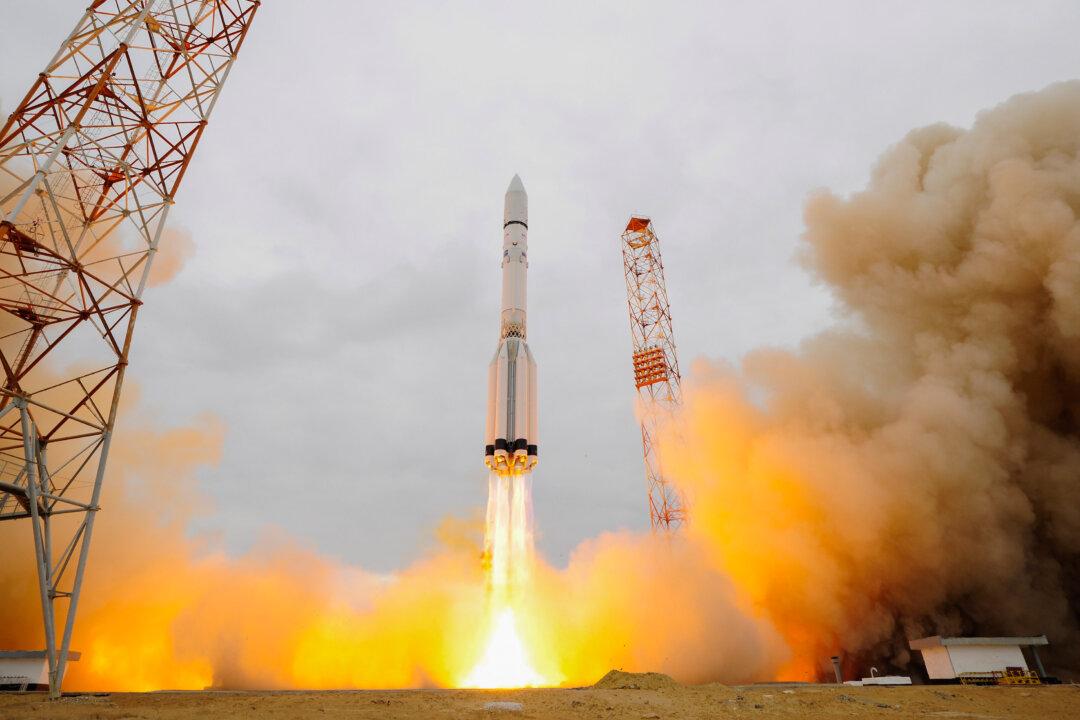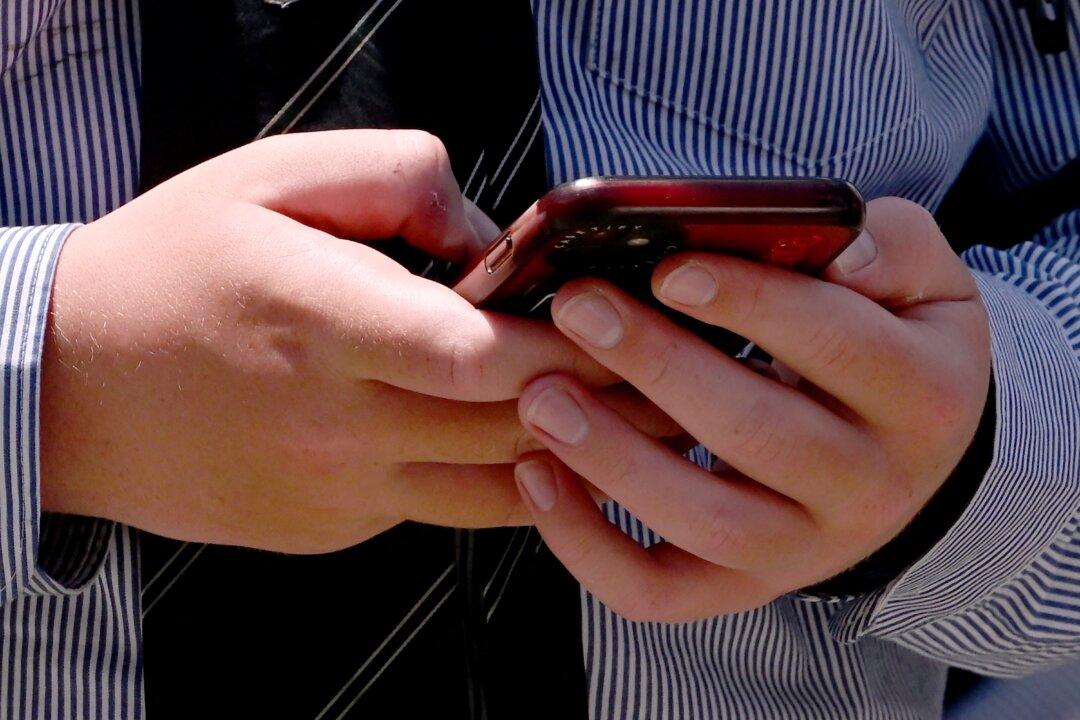Experts in space medicine from the Australian National University (ANU) have developed a mathematical model to evaluate the impact that space travel to Mars would have on the human body.
The lead author of the paper, Lex van Loon, a Research Fellow from the ANU Medical School, said in a news release that with the advent of space travel trips to Mars inspire many concerns on the health front due to the lengthy exposure to microgravity, often called “zero” gravity.




